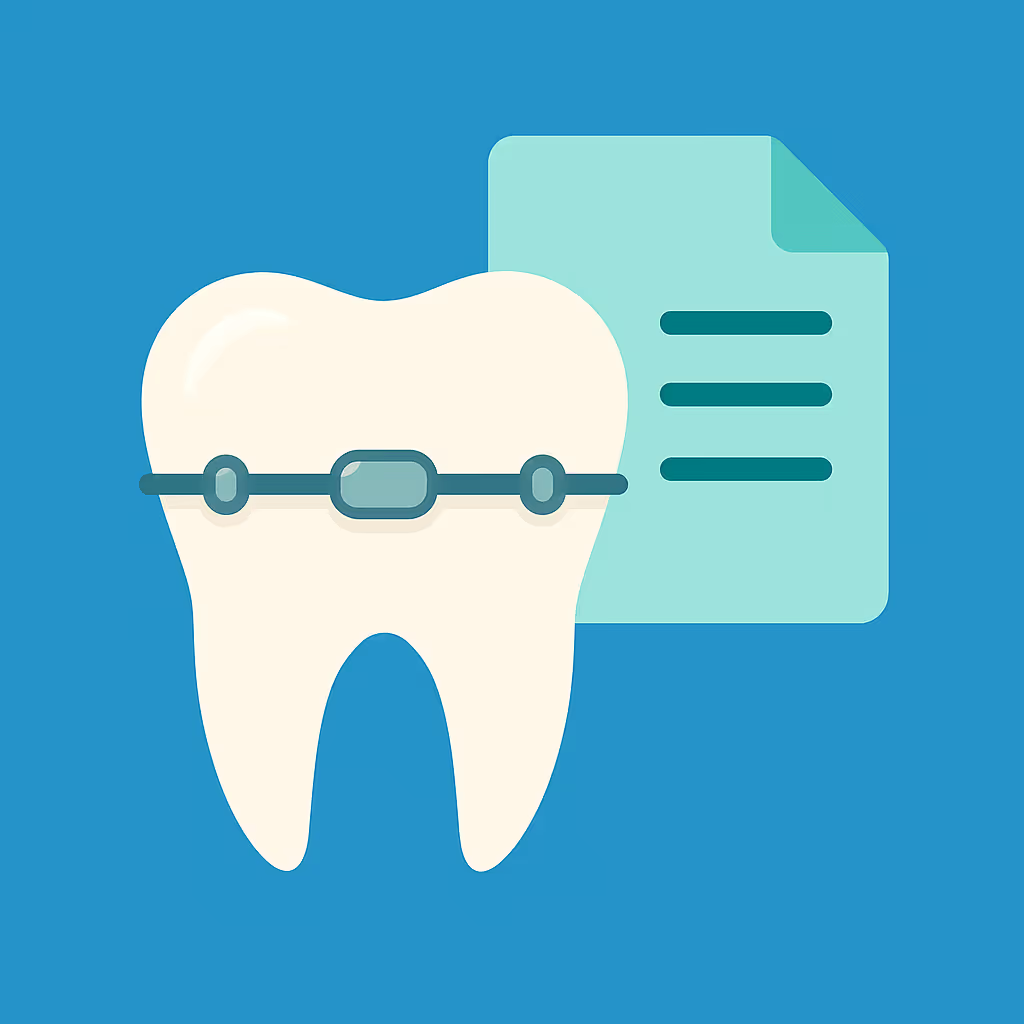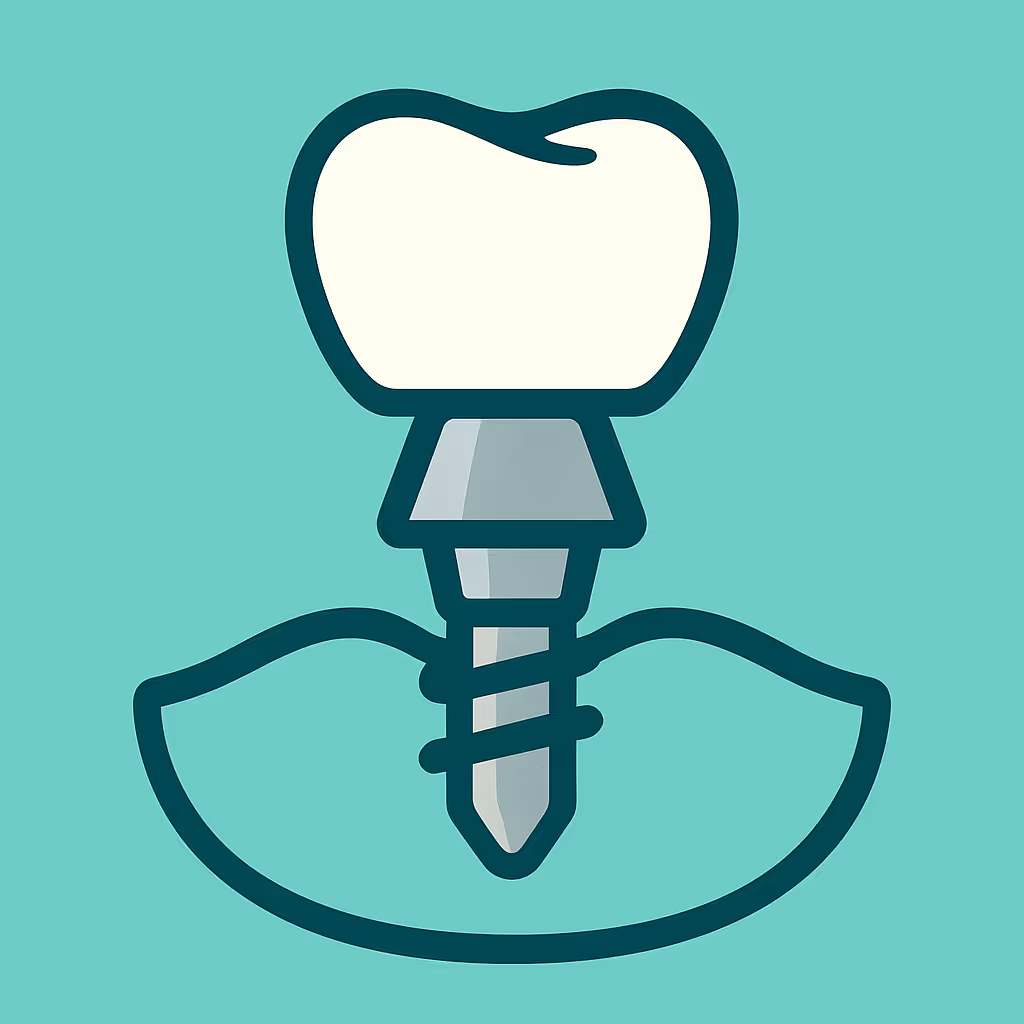Understanding Dental Code D2620
When to Use D2620 dental code
The D2620 dental code is designated for an inlay, metallic, two surfaces. This CDT code should be used when a patient requires a laboratory-fabricated metallic inlay that covers two surfaces of a tooth, typically due to moderate decay or fracture that cannot be restored with a direct filling but does not require a full crown. Proper use of D2620 ensures accurate clinical documentation and reimbursement for the specific restorative procedure performed.
Documentation and Clinical Scenarios
To support the use of D2620, dental teams must provide comprehensive documentation. This includes detailed clinical notes describing the extent of the decay or fracture, pre-operative radiographs, and intraoral photos if available. The treatment plan should clearly indicate why a direct restoration (such as an amalgam or composite filling) is insufficient, and why a full crown is not necessary. Common clinical scenarios include:
- Replacing a failed two-surface amalgam or composite restoration with a more durable inlay.
- Restoring a tooth with moderate loss of structure where a crown would be excessive.
- Cases where esthetics or function require a laboratory-fabricated metallic restoration.
Accurate documentation not only supports claim approval but also protects your practice in the event of an audit or claim appeal.
Insurance Billing Tips
Billing for D2620 requires attention to detail and proactive communication with payers. Here are best practices for successful claims:
- Pre-authorization: Submit a pre-authorization with supporting documentation to verify coverage and avoid denials.
- Attachment of Evidence: Always include radiographs and clinical notes with your claim to demonstrate medical necessity.
- Coordination of Benefits: If the patient has dual coverage, coordinate benefits to maximize reimbursement and minimize out-of-pocket costs.
- Review EOBs: Carefully review Explanation of Benefits (EOBs) for payment accuracy and reasons for any denials or downgrades.
- Appeal Process: If a claim is denied, promptly submit an appeal with additional documentation and a narrative explaining why D2620 was the most appropriate treatment.
Staying current with payer policies and CDT code updates is essential for minimizing Accounts Receivable (AR) and ensuring timely reimbursement.
Example Case for D2620
Case Scenario: A patient presents with a fractured MOD (mesio-occluso-distal) amalgam on tooth #14. The remaining tooth structure is insufficient for a direct composite but does not require a full crown. After clinical evaluation and radiographs, the dentist recommends a two-surface metallic inlay. The procedure is documented with pre-op photos, radiographs, and a detailed narrative. The claim is submitted using D2620, with all supporting evidence attached. The insurance approves the claim, and payment is received promptly, demonstrating the importance of thorough documentation and correct code usage.
For other restorative codes, such as D2650 (inlay, resin-based composite, two surfaces), ensure you select the code that best matches the material and clinical situation.





